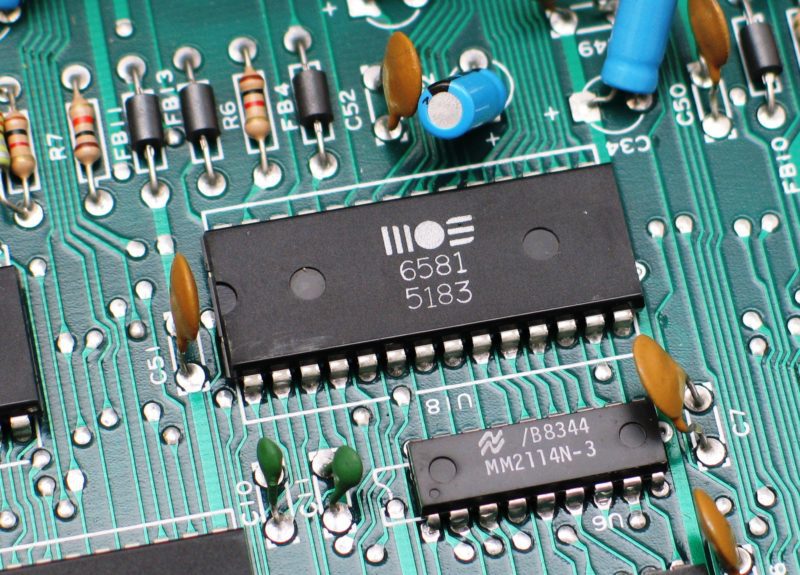If you work within the world of electronics, then you will definitely have come across printed circuit boards. Printed circuit boards are used in electronics every day, and most people simply use these products on a daily basis without actually considering or understanding what the technology behind them is. Here, we are taking you through the basic setup of a printed circuit board, its design, components, and its construction as this will give you a much better idea as to how they operate.
What is a Printed Circuit Board?
Let’s start off with the basics of what exactly a printed circuit board is. Essentially, this is just a plastic board that is reinforced with glass, and there are copper lines and pads connected together on top of this board. Electrical charges flow through the PCB and these copper lines, which are known as traces, as this gives power to the many different parts of the circuit board.
PCB Layers
PCBs can be as simple as just a single-sided board with one copper layer, or they can be more complex as a multi-layer PCB board which requires a lot more work to achieve. Copper traces can be fitted to both sides of the board too, and this creates a double-sided PCB. New layers get a copper trace formation, and these copper connections won’t be able to cross each other without the path of the electricity being affected. This is why multi-layer PCB boards are often used in more advanced and complicated electronics. In a board with just one layer, however, it is the single-sided boards that follow the PCB component placement guidelines with the copper traces on one side and the PCB components on the other side.
The silkscreen and solder mask layer on top of the copper and it is the solder mask that gives the printed circuit board its instantly recognizable green color. The role of the solder mask is to insulate the copper from any metal parts that could, by accident, come into contact with it. Some parts will still remain visible, however, to allow them to be soldered. Then, on top of this, you will find the silkscreen which is where the PCB numbers and letters can be found which makes the whole process of assembling it as easy as possible for the engineer.
The Components Of A Printed Circuit Board
The components found in a printed circuit board all have their own unique function, and they provide the unique qualities that make the PCB work for its intended purpose. Different circuit boards will each need different components, as they are all unique and will require various parts depending on the electronic device that they are being designed for. Some of the components that you will find in a printed circuit board include the battery, resistors, LEDs, transistors, capacitors, inductors, diodes, and switches.

